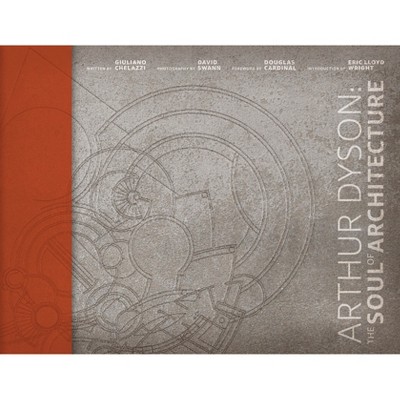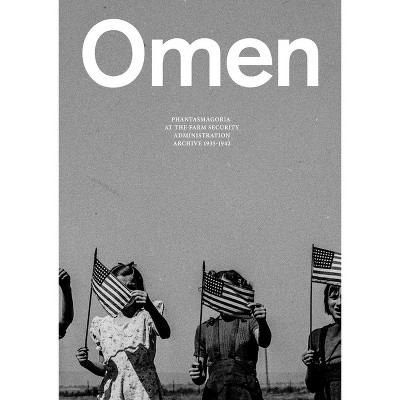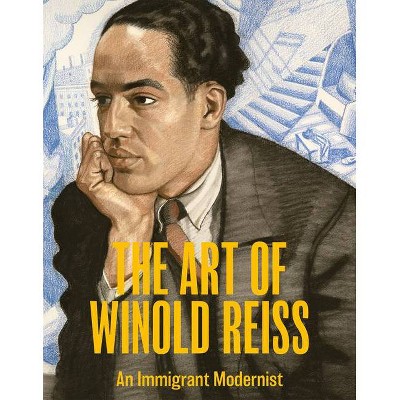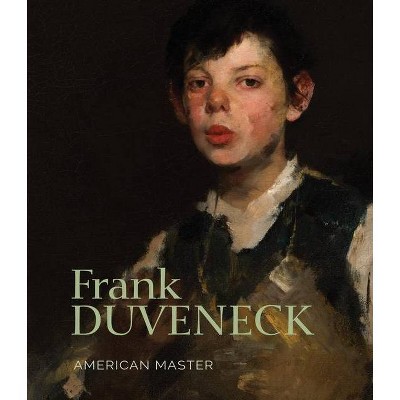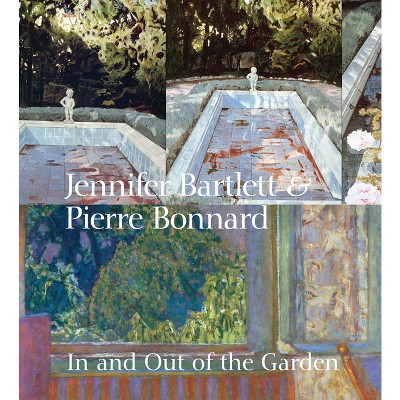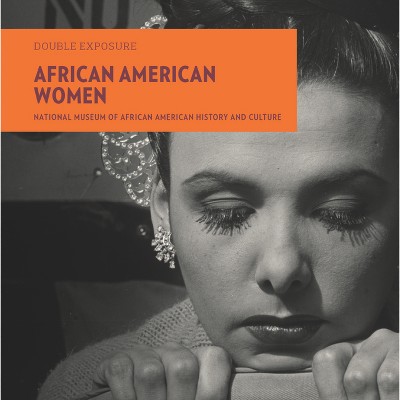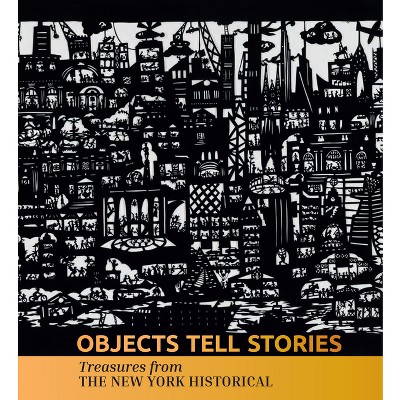Sponsored

Caravaggio's Cupid - by Helen Langdon (Paperback)
Pre-order
Sponsored
About this item
Highlights
- A Caravaggio "first", this accessible and attractive illustrated volume focuses on one of the famous artist's most iconic artworks, Victorious Cupid.Usually housed at the Gemäldegalerie in Berlin, Victorious Cupid (1601-02) by Michelangelo Merisi da Caravaggio (1571-1610) is the centrepiece in a new focus exhibition at The Wallace Collection.
- About the Author: Helen Langdon has worked for the education department at the National Gallery, British Museum and National Portrait Gallery, London.
- 112 Pages
- Art, Individual Artists
Description
Book Synopsis
A Caravaggio "first", this accessible and attractive illustrated volume focuses on one of the famous artist's most iconic artworks, Victorious Cupid.
Usually housed at the Gemäldegalerie in Berlin, Victorious Cupid (1601-02) by Michelangelo Merisi da Caravaggio (1571-1610) is the centrepiece in a new focus exhibition at The Wallace Collection. Caravaggio's painting, also known as Amor Vincit Omnia, shows Cupid, the Roman god of desire, as a young boy, in an animated pose while wearing dark eagle wings and holding two arrows. It was the last allegorical work Caravaggio painted in Rome. The music manuscript on the floor shows a large V in the margin of the right-hand page which is believed to acknowledges Marchese Vincenzo Giustiniani (1564-1537), who commissioned the painting, and is said to have prized Victorious Cupid above all other works in his collection.
This richly illustrated softcover print publication features an introduction by the director of The Wallace Collection, Xavier Bray, followed by five illustrated chapters by the volume's principal author, Helen Langdon. A description of the painting and summary of Caravaggio's early life, present Victorious Cupid against the background of his artistic development and the intellectual interests of his patrons, and within the broader context of the theme of "love conquers all". Langdon examines the meaning of the painting, and considers how Caravaggio brings the subject to earth, from the heavens to the bedroom, mocking the idealisations of renaissance art.
Publication accompanies an exhibition at The Wallace Collection, London.
About the Author
Helen Langdon has worked for the education department at the National Gallery, British Museum and National Portrait Gallery, London. She is the author of Caravaggio: A Life (1999) and the editor of the Italian Renaissance and Baroque sections of the Macmillan Dictionary of Art.Shipping details
Return details
Frequently bought together
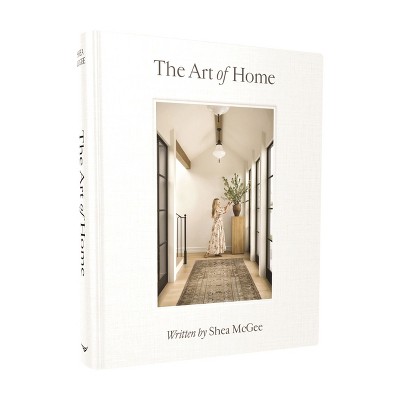


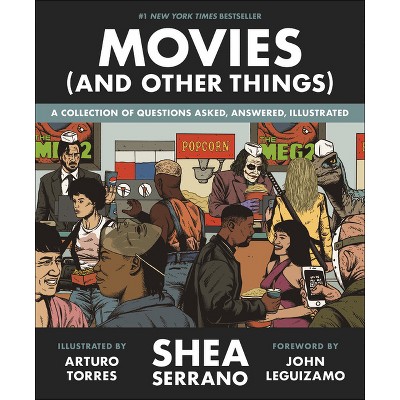
Trending Non-Fiction






